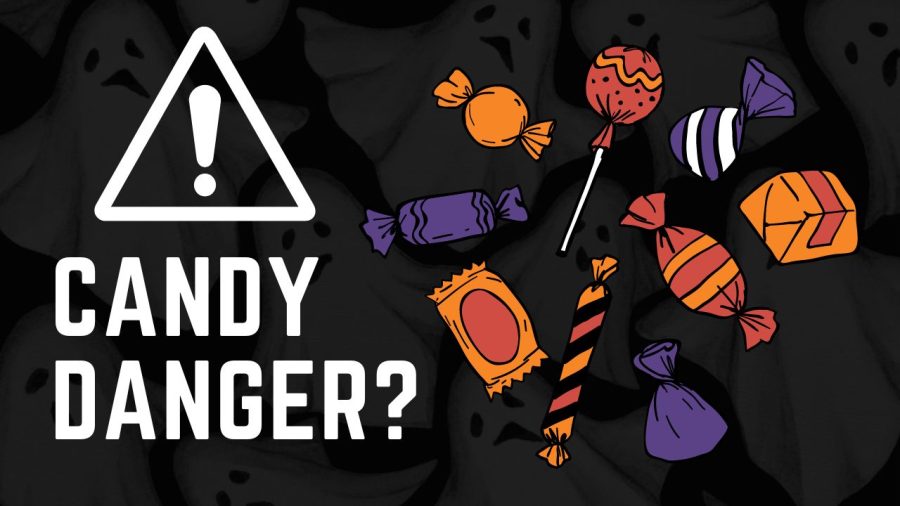Goblins, Ghouls, and Narcotic Candy?
Despite all of the haunted houses, horror movies, and spooky costumes, the scariest part of Halloween for parents across the country is the annual tampered candy panic. Every year, responsible parents and trick-or-treaters are urged to be on the lookout for poisoned treats, candy bars embedded with sharp objects, and in the spotlight this year: deviously rainbow-colored candy-like fentanyl pills.
It is extremely important to exercise extra caution and always keep an eye out on Halloween night, but in recent years especially, this age-old tale has drawn some skepticism for being more of an urban legend than a prominent issue. Anyone would be naturally concerned and outraged to hear of drug-pushers and senseless evildoers inflicting harm upon innocent children, but the uproar of this topic may be based more off of just that—the inherent outrageousness and oddity of it—than fact.
NPR spoke with one of the country’s leading experts on this topic, University of Delaware’s sociology and criminology professor Joel Best, who has spent the last 40 years trying to debunk these myths.
“We’ve pretty much stopped believing in ghosts and goblins, but we believe in criminals,” commented Best. “We tell each other scary stories about Halloween criminals and it resonates. It takes the underlying cultural message of the holiday—spooky stuff—and links it to contemporary fears.”
The elevated concern this year stems from a warning put out by the U.S. Drug Enforcement Agency in August, alerting the public of the existence of brightly colored pills containing fentanyl. The DEA alleged that the bright colors may be a tactic to make drugs seem more attractive to young customers, but this concern has of course been distorted into something more like ‘the cartel is giving out candy drugs to children’.
According to Brandon del Pozo, an assistant professor of medicine and health services at Brown University, “There’s just enough about fentanyl that is true in this case that makes it a gripping narrative.” So, yes, there definitely is “rainbow fentanyl” out there, and people should be aware of this so that we can always be informed and diligent about the dangers of drugs. However, experts agree that the claim that anyone is handing this stuff out to trick-or-treaters is entirely baseless.
Although the recent emergence of rainbow fentanyl has spurred this year’s candy panic, we are all familiar with the warnings from past years. The phenomenon can be observed as early as prohibition in the 1920’s, gaining speed again in the 60’s and 70’s with the emergence of the strong narcotic heroin. However, research notes that in the history of Halloween, there is only one recorded case that alludes to candy seriously harming or killing someone: when a father in the 1970’s poisoned his own son’s candy.
Though the slasher flicks and creepy clown costumes may keep you up at night, the facts indicate that there’s no need to lose sleep over tainted candy.








andi • Nov 8, 2022 at 11:10 pm
wow i loved this! very insightful
Dylan D. • Nov 15, 2022 at 8:01 am
hiiii hehe